Choose the Right Light Bulbs for Your Home

Choose the Right Light Bulbs may seem like a straightforward job, but there are a few things you should take into account. Various types of lamps and fixtures in your house have their own specific requirements in terms of wattage, voltage, and structure. Moreover, if you’re looking for a certain atmosphere in your living area or workspace, you’ll want to get the most effective bulbs.
This is when the more intricate features of lighting come into play. Unless you’re a specialist in this area, terms like illuminance, temperature, and color rendering index may be unfamiliar to you. But these parameters are just as important. With the multitude of bulbs on the market and the technical aspects to consider, finding the best fit for your lighting fixtures can be a challenge. That’s why we have put together a comprehensive guide to help you out.
Main Characteristics of a Light Bulb
Before you buy a light bulb, there are a few characteristics you should be aware of. Make sure to figure out each one of them so that you can get the perfect light bulb for your needs, function and energy consumption. A trip to the hardware store or Home Depot should do the trick!
Cap or Base Type
The metal component of a light bulb that attaches it to the socket of a lighting fixture is referred to as its cap or base. It ensures electrical contact and attaches the bulb to the fitting. Both pin or peg bases and screw bases are the most common types of bulbs used for chandeliers and other domestic lighting fixtures.
Screw bases also called Edison bases after their inventor Thomas Edison, are threaded metal that screws the bulb into a threaded socket. These are generally used for decorative lighting, such as chandeliers and lamps, in one’s home. Pins or pegs have two metal rods or stumps at the bottom of the bulb, which is pushed or snapped into the socket instead of being screwed in. They are used in small incandescent bulbs as well as some types of fluorescent lamps.
Recognizing the right cap or base type is essential when purchasing bulbs for your lighting fixtures. It’s important to make sure your fixture is compatible with the bulb you choose.
Voltage
Voltage is a way of quantifying the amount of power that goes into electronic equipment and is expressed in volts. Here in the US, the usual voltage for houses is 120 volts, which is why the majority of interior lighting will use 110-120 volt bulbs. However, for outdoor lighting, it’s usually recommended to use low-voltage lamps which use 12 or 24-volt bulbs for the sake of safety. This is because external lighting is more susceptible to the elements, therefore lessening the risk of electric shock.
On the bulb or on the packaging, you’ll see the voltage indicated. To get the best lighting performance, pick out bulbs that match the voltage of your fixture. Not only will an incorrect voltage not turn the lights on, it can also harm both the bulb and your fixture.
Wattage
Wattage used to be the main indicator of a light bulb’s brightness, especially when all lighting options were limited to incandescent and halogen bulbs. However, since energy-saving bulbs have become available, the wattage is no longer a reliable measure of brightness. LED bulbs, for instance, may use less wattage than other light bulbs but provide significantly greater illumination.
Nowadays, light is measured in lumen or lms – this is the amount of light emitted regardless of the wattage used. The higher the lumen value, the more light is produced. This means that you can get excellent lighting while using less energy.
We suggest opting for LED bulbs to get the most lumens per watt. LEDs can offer between 70-90 lumens per watt whereas regular incandescent bulbs only generate up to 15 lumens per watt.
Note: We recommend using LED bulbs. Incandescent and halogen lamps are not recommended.
Even so, wattage is still an important factor when it comes to using electricity. The higher the wattage of your light bulbs, the more you’ll be paying for your electric bill. It’s also important to know that certain light fixtures have wattage ratings, meaning there’s a maximum amount of wattage you can use on specific light fixtures.
If you’re buying bulbs, check the maximum wattage of the fixture or use the wattage of a previous bulb as a reference. It’s best to go for a bulb with lower wattage but more lumens. Don’t go for a bulb with higher wattage, as it could destroy your fixture or even create a fire risk.
Other Parameters to Consider When Choosing Light Bulbs
When selecting bulbs for your light fixtures, it’s not only about the base type, voltage, and wattage. There are other elements that can substantially enhance the performance and visual of your living area. Let’s consider three lighting traits that can provide you with more comfort and ease, particularly if you’re aiming to create a certain mood.
Illuminance
When it comes to lighting your home, it’s important to understand illuminance – a measurement of the light radiating out of a source and covering a specific area. This is measured in lux (lx), different from lumens (lm). Lux is the total amount of light hitting a surface, while lumens is the amount of light a bulb emits in all directions. It’s easy to figure out the brightness you need – one lumen per square meter is equal to one lux, so if you know the square footage of the room you want to light, you can get the desired illuminance. For instance, a 10 square meter home office should have approximately 3,000-4,000 lumens of light potency for the right level of brightness.
Color Temperature
Color temperature is a way of describing the tone of light from a source. It is measured in Kelvins (K), with higher numbers indicating a brighter, cooler light. At home, people generally choose warmer light sources with a lower Kelvin rating for rooms that are dimly lit, such as bedrooms, dining rooms, and living rooms. However, for areas that need brighter light, such as kitchens, bathrooms, and studies, it is best to use a higher Kelvin rating.
Below is a list and chart of color temperature classifications in residential applications:
- Soft white or candlelight (1,500 to 2,700 Kelvin): Creates a yellow hue that gives an inviting, warm atmosphere.
- Warm white (2,700 to 3,000 Kelvin): A bit more yellow-tinted white for a brighter but still inviting feeling.
- Bright white (3,000 to 4,500 Kelvin): A combination of white and blue tones to make a more vibrant, energetic aura.
- Daylight (4,500 to 6,500 Kelvin): Bluish tints for a maximum level of color contrast.
Even though each individual might have their own favorite color temperature, experts in the lighting industry have some guidelines. Lower color temperature values provide a warm vibe that’s perfect for a calm and peaceful environment. The brighter and more vivid tones that come with higher color temperature values are great for stimulating productivity in the workspace.
Color Rendering Index (CRI)
The Color Rendering Index is a way to gauge how close an artificial light source can come to displaying the actual colors of a given object. The noon sun is typically used as a comparison since it has a CRI of 100. The bigger the CRI, the more accurately the object’s colors will be represented.
Low CRI light sources will cause hues to appear distorted, resulting in visual exhaustion. To avoid that, choose bulbs with a higher rating on the color rendering index scale. An indoor CRI of 80 and above is ideal, while 65 is the minimum recommendation for outdoor lighting.
Different Types of Light Bulbs
When it comes to light bulbs, there are four main options available: incandescent, halogen, CFL, and LED. Here’s a brief overview of what each has to offer.
1. Incandescent
Incandescent bulbs are the original light bulbs that have been around since the 1800s. The way they produce light is by heating a wire filament to a certain temperature. Unfortunately, they’re not very efficient, with 90% of the energy being used to heat the filament, while only 10% goes toward visible light. Incandescent bulbs may be the most affordable, but you’ll end up spending more on electricity bills in the long run. Plus, they don’t last as long as other types of light bulbs, with an average lifespan of 1000 hours.
2. Halogen
Halogen bulbs are a more advanced form of incandescent bulbs. They are better at transforming energy into light, making them more efficient. Moreover, they last longer than the regular bulbs and can be used for up to 2500 hours. These bulbs are also made of heat-tolerant quartz glass which prevents them from breaking due to the intense heat. Additionally, Halogen gas is also added to avoid black spots that are frequently observed in incandescent bulbs as a result of high temperatures.
3. Compact Fluorescent Light (CFL)
CFLs are an energy-saving light option that looks like a lightbulb but works similarly to fluorescent tubes. As they are more condensed, they are more efficient, maintain their luminosity, and don’t generate as much heat. There is a wide selection of shapes and sizes to choose from, and they last quite a long time, around 6000 hours. Plus, they use only a fraction of the energy that incandescent bulbs do but still produce the same amount of visible light.
4. LED
LED is short for light-emitting diodes, which is the technology that LED bulbs use to create light. Unlike traditional lighting systems that have to transform electrical energy into heat first, LED bulbs convert electrical power straight into the light, making it much more efficient with little wasted electricity and no waiting period for it to warm up. They also require less energy to produce a brighter light and last the longest out of all the bulb types with an estimated life of 50,000 hours. Though they cost a bit more, LED bulbs are the go-to lighting source right now because they are more cost-effective.
Choosing Light Bulbs for Different Rooms
Folks often ask us at LEWOER Lighting what kind of bulbs to get for the light fixtures in their home. The right illumination can totally change the atmosphere of a room, not just by making it brighter but by affecting your feelings and attitude. Here we’ll provide some guidance and advice on how the color temperature and luminosity of your bulbs will help you attain the right vibe in any area of your house.
Living Room
The living room is a bustling area, so it demands bright and cozy lighting. Usually, there will be a living room chandelier hanging in the middle. We suggest selecting neutral lighting with a Color Temperature of 4000K or less, as a higher Color Temperature will make the living room seem chilly and inhospitable. The total brightness for your living room should remain around 1,500-3,000 lumens to avoid it becoming too intense.
Dining Room
The dining area is where you share meals with your loved ones and host gatherings with friends. Ensuring the dining room lighting is well-lit plays a crucial role in making your guests feel at ease. A well-planned lighting arrangement should include area lighting above the dining table, a bright light source for overall illumination, and an atmospheric backlight to enhance the room’s ambiance.
Kitchen
When it comes to your kitchen lighting or your dining room lighting, it’s all about brightness! We recommend getting bulbs that are either bright white or daylight with a color temperature of 5500k. A color rendering index (CRI) of 90 is great for making sure that you can accurately judge the colors of the food you’re cooking. To make sure the entire area is well-lit, you’ll want your kitchen chandelier to provide between 5000 to 10000 total lumens.
Bedroom
Your bedroom should be a place for relaxation and comfort, so make sure you get the ambiance just right for your bedroom lighting. For that, go for low-color temperature bulbs, ranging from 2,500-3,000K usually referred to as warm white. Avoid using bright white and daylight bulbs since they can be too stimulating and interfere with melatonin production. An average-sized bedroom should have 1,000-2,000 lumens of brightness so you can easily read in there, but not be kept awake by the glare.
Study Room
When it comes to studying room lighting or office room lighting, the best kind of light is one that mimics natural sunlight. Most people think of sunlight as having a yellow hue, so they often opt for warm color temperature lighting. However, natural lighting is closer to bright white, so it’s better to select a cooler color temperature in the range of 3500-4000K. Yellow light can make it hard to stay focused and can lead to drowsiness, while white light helps to keep you alert and facilitates better concentration. For study areas, brightness levels should generally be between 3000-6000 lumens.
Bathroom
When it comes to lighting your bathroom, a neutral light is best for ambient lighting, but for areas that require more precision, such as shaving and putting on makeup, you should use brighter lights with a cooler white color temperature of 4000-5000K. Furthermore, pick bulbs with a high color rendering index. It is suggested to use a CRI of 90 or higher for more accurate colors, especially if you apply makeup on a regular basis. Last but not least, be certain that the lighting fixtures you use are moisture-proof.
Takeaway
Now that you know the various elements and criteria of lighting, selecting the proper light bulbs for your dwelling will be simpler and less intimidating. To sum up, begin with the technical specifications such as the base type, voltage, and wattage. After that, you can focus on the visual aspect by looking into the illuminance, color temperature, and CRI ratings of the various types of light bulbs available in the market.
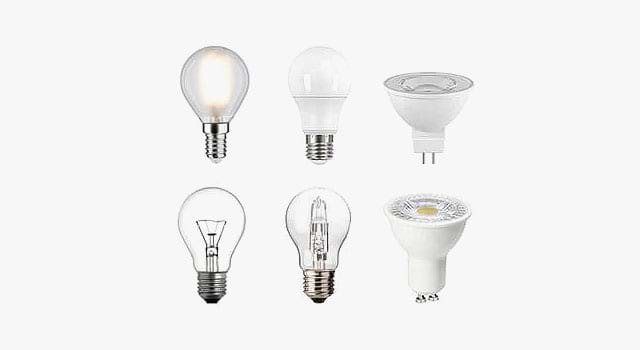
It is our wish this thorough guide has been of great assistance to you in understanding the essentials of selecting light bulbs that will generate the ideal lighting atmosphere in every area of your house.
Please refer to our article How to Hang a Chandelier if you need help with the installation. If you need more information, feel free to reach out to us at [email protected].
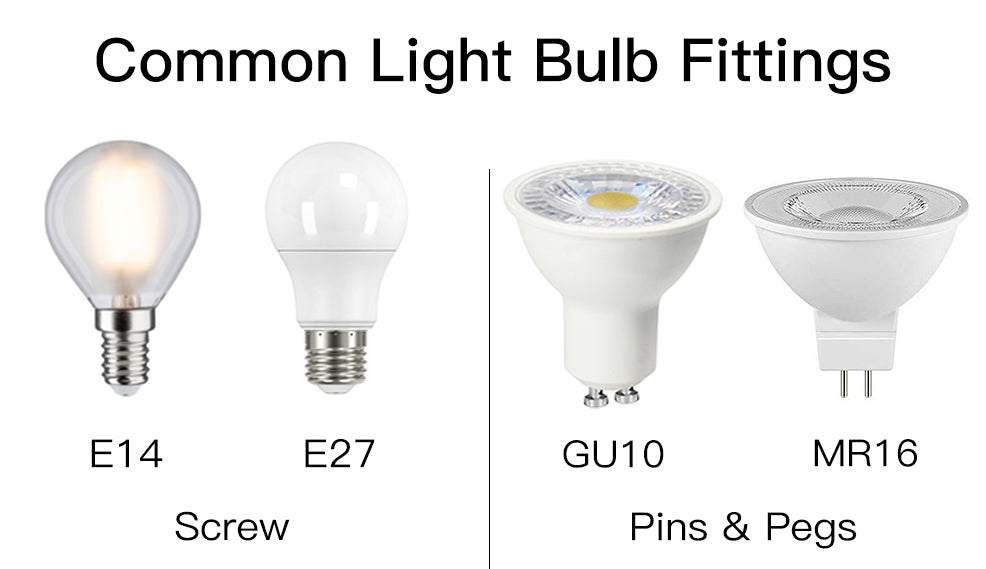

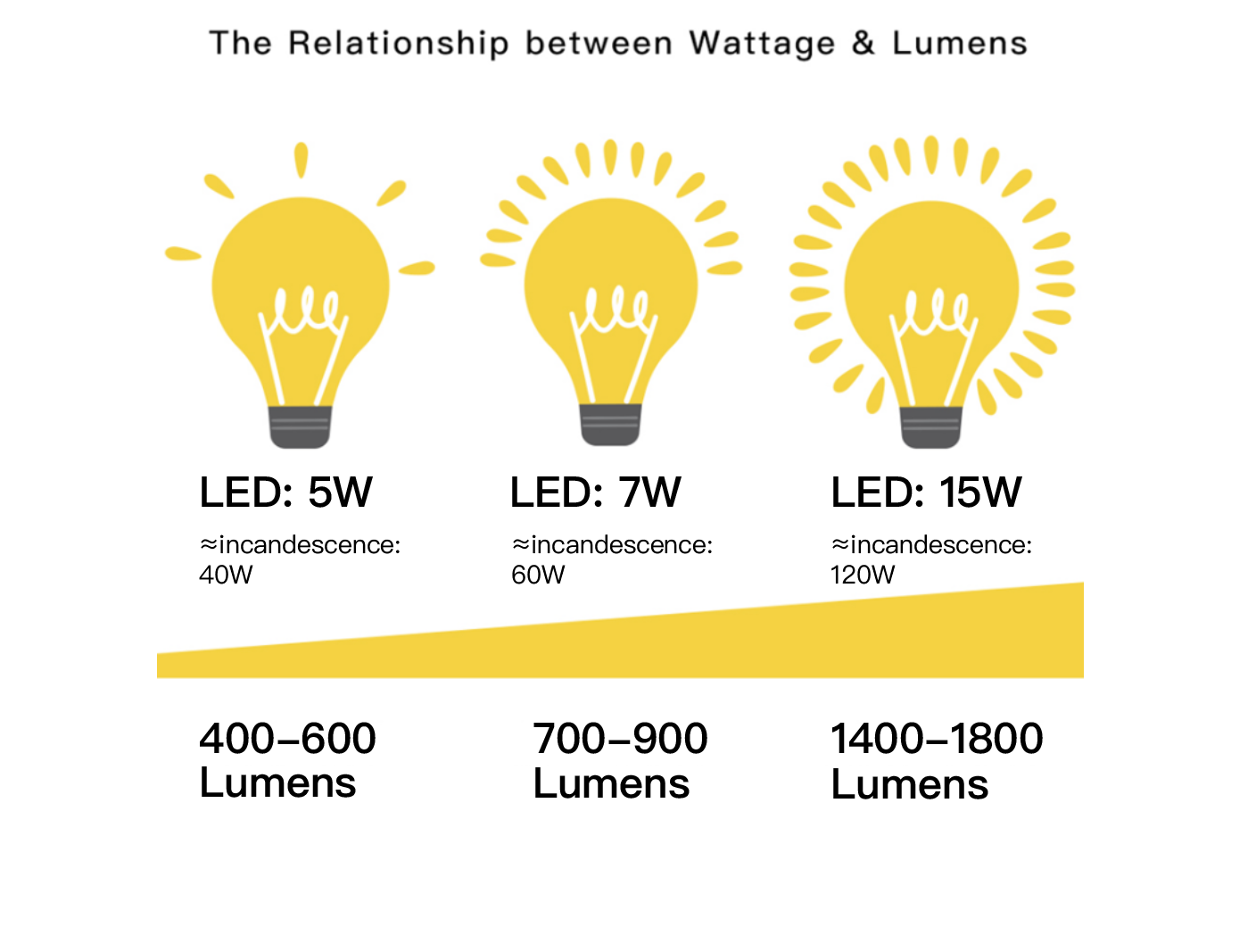
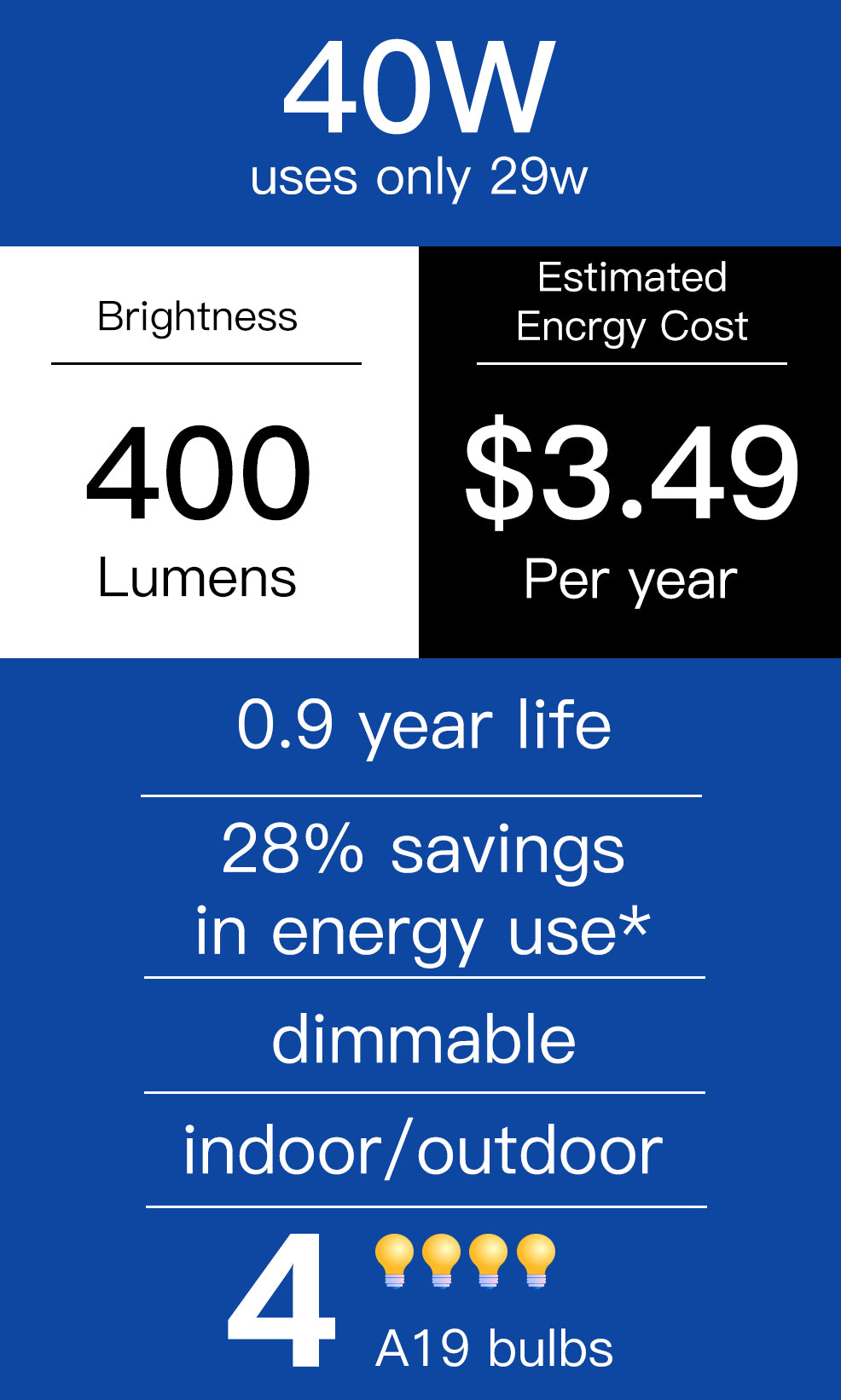


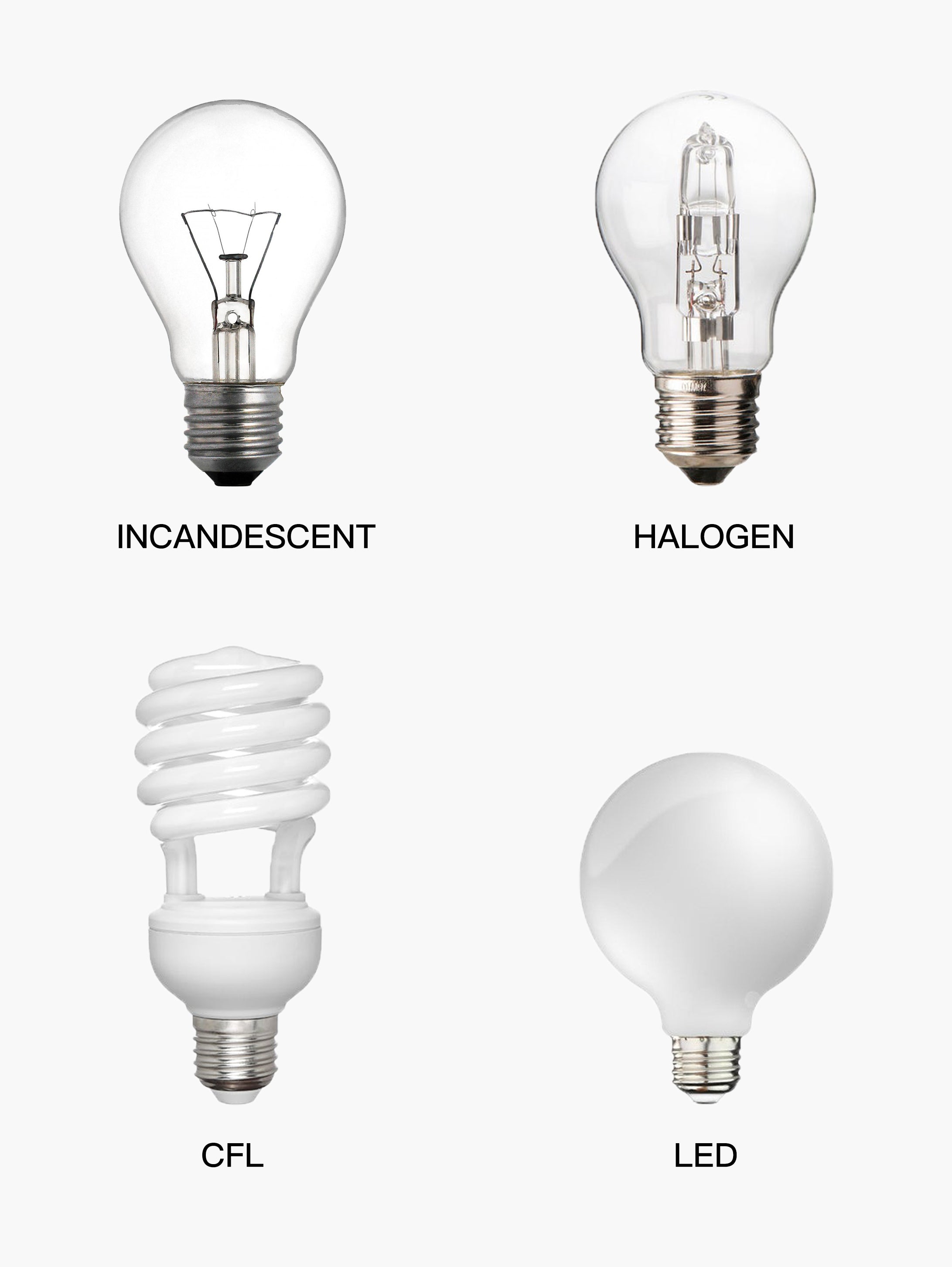







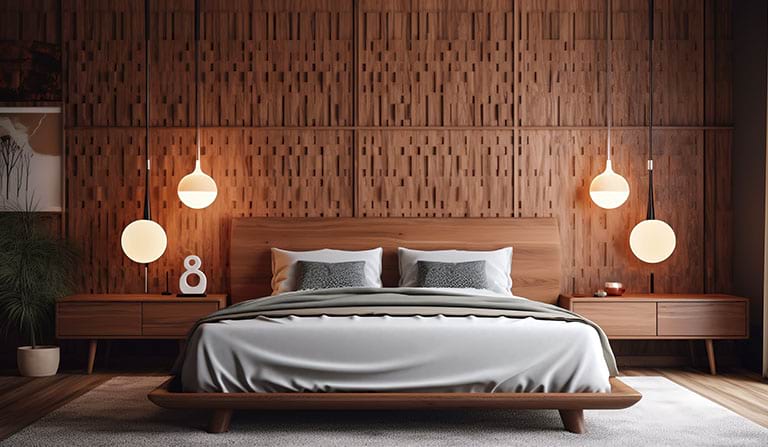
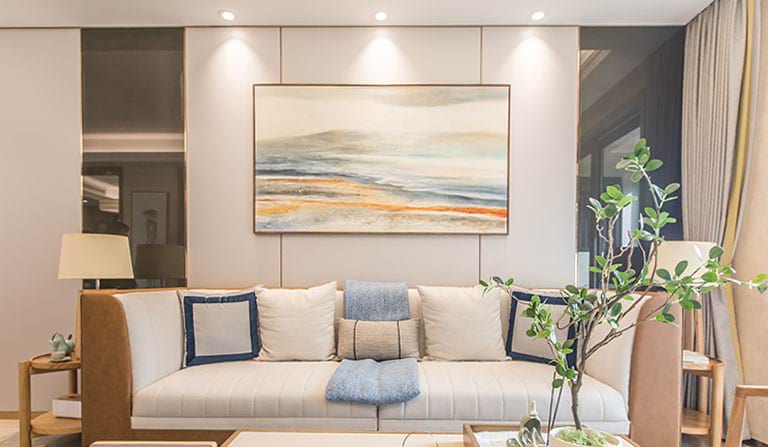

Leave a comment
You must be logged in to post a comment.